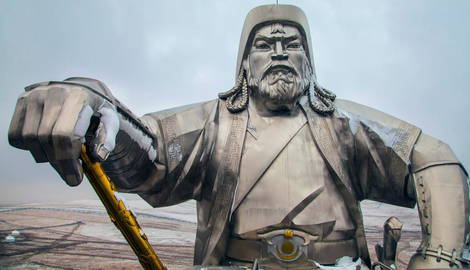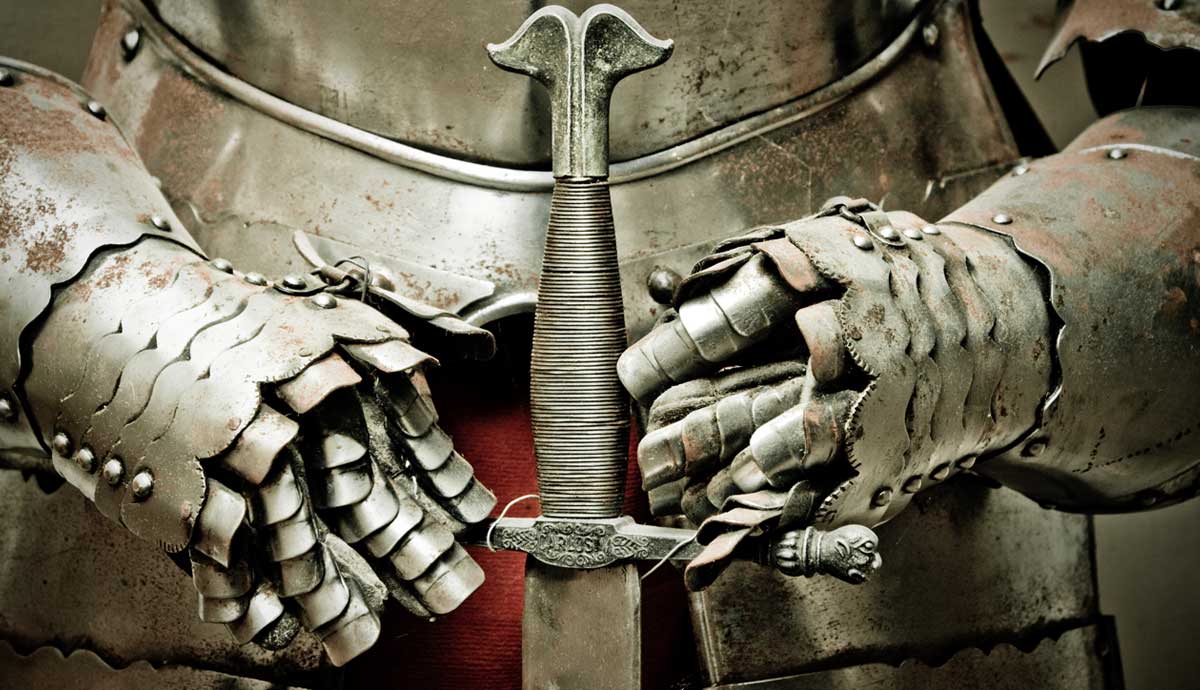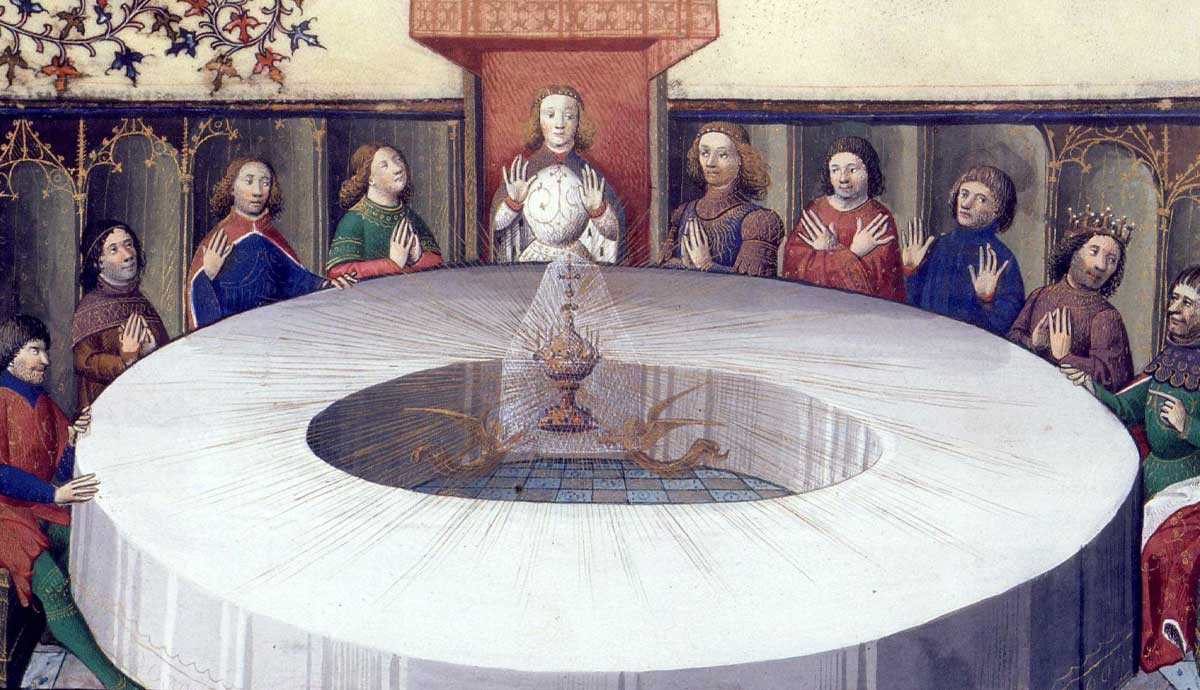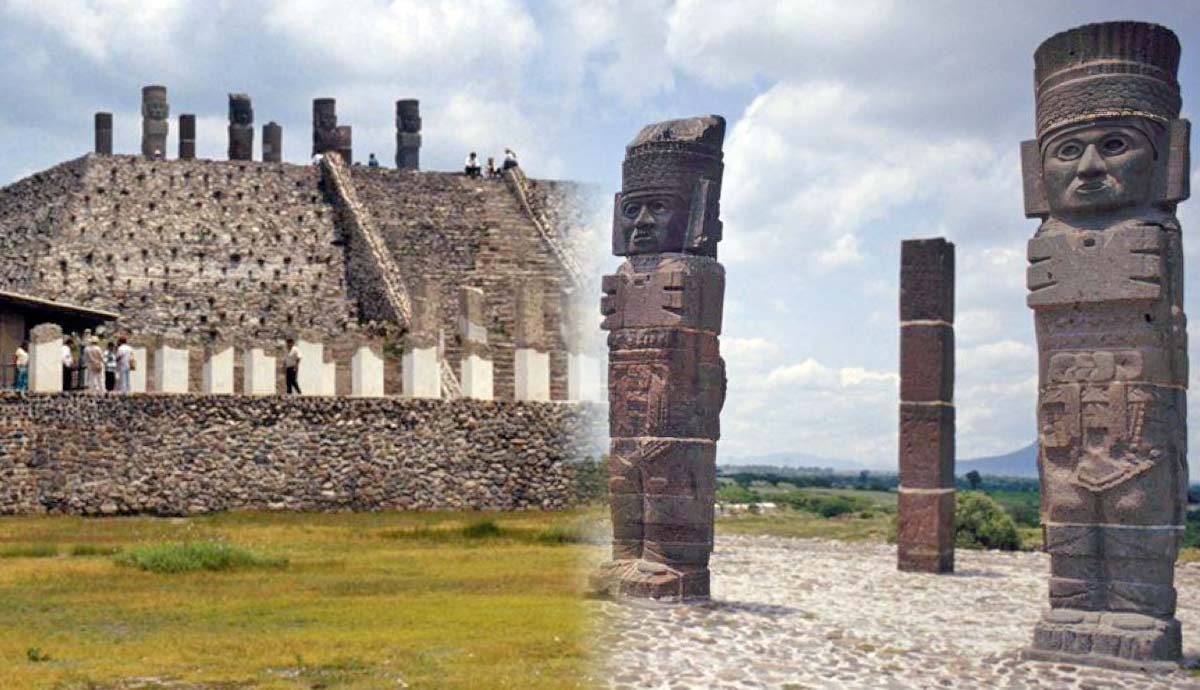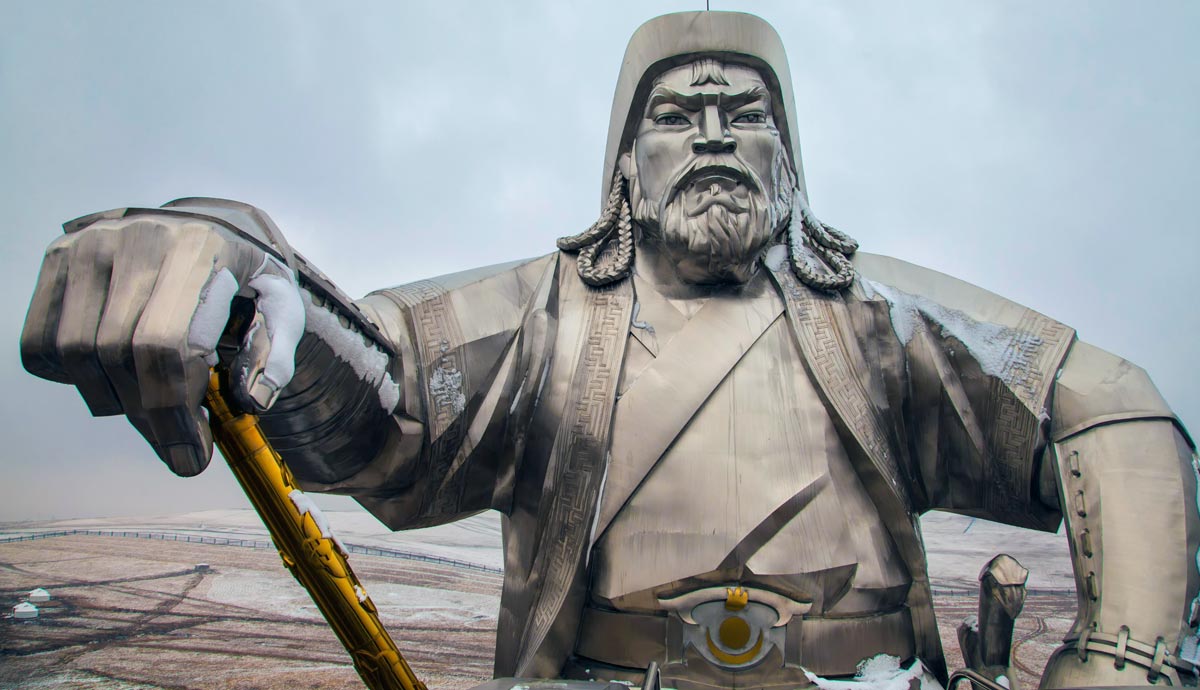
The man history knows as Genghis Khan was called initially Temujin. Born near Lake Baikal, Mongolia, around 1162, Temujin faced a difficult childhood. Yet he possessed cunning and determination, rising to power through alliances, military victories, and uniting the Mongol clans. For that, the tribes proclaimed Temujin as Genghis Khan in 1206. Genghis Khan led the Mongols from Asia to Europe’s borders, often bloodily, during his reign, to establish the Mongol Empire. By his passing in 1227, Genghis Khan ruled one of history’s greatest empires. With such a strong legacy, aspects of Khan’s personal life, including his height and other physical attributes, have been a source of study and speculation, even if there is little evidence available.
Why Genghis Khan’s Height Mattered

Genghis Khan’s exact height remains a mystery. It was never recorded. Most estimates are between 5’6 “and 5’8”. But for royalty, height often matters. Taller rulers are seen as possessing strength and authority. A ruler’s stature creates a psychological impact, as they are understood to have greater influence. Around Genghis Khan, myths arose that he stood tall and imposing. Yet, records of the time indicated Khan’s exact height remains a mystery. Estimates that Khan stood between 5’6″ and 5’8″ (1.73m).
Others describe Genghis Khan as possessing a commanding presence. The 14th-century Persian historian Rashid al-Din published a “Compendium of Chronicles” about the history of the Mongol Empire. Al-Din wrote that Khan had distinctive features, including red hair, green eyes, and a long, thick beard. Al-Din wrote his account using secondary sources, as Khan died in 1227.
While Khan’s height may seem shorter today, historically, the average height circa the 12th century differed. People of this era were typically shorter, standing around 5 feet 4 inches to 5 feet 7 inches. So, Khan’s reputed height only placed him just out of the norm.
Genghis Khan’s True Appearance Is Unclear

Determining Khan’s height or appearance primarily comes from a dearth of reliable records. Genghis Khan banned representations of himself during his life. The ban resulted from several concerns or traditions. By banning his likeness, Genghis Khan kept a mythical status. This made his appearance difficult for his opponents to exploit. A religious element could also play a part; some historians believe Mongol shamans disliked creating images. They thought a person’s image limits their spirit.
Mongol culture had an oral storytelling tradition. The spoken word contained a greater value than written records. Therefore, any kind of portrait or image recording (such as coins or icons) would be rare. Such a practice would be kept within Mongol tradition. Stories continually mention Genghis Khan as a gigantic figure. Again, these could have arisen from Mongol cultural beliefs. While Khan grew a bit taller, no records show his height towered above others.
How Did Khan’s Height Compare to Other Mongols?

Genghis Khan’s height of 5’8″ is thought to have differed little from the average Mongol warrior. Some sources believe that Mongols may have been slightly taller than their grain-fed neighbors due to their diet, which included meat, dairy, and fat. Non-nomads were marginally shorter, unless from nobility. European nobles of the Middle Ages grew to be 5’8″ while peasants reached 5’6″. Again, better nutrition and an active lifestyle contributed. Like most of his countrymen, Khan had a muscular build and agility. Given the harsh steppe conditions and the nomadic lifestyle, he’d need these traits to survive.

Most Mongols varied around 5’4″ to 5’7″ tall. His warriors did not follow Genghis Khan because of his height. His martial prowess, unshakeable confidence, and leadership retained their loyalty. After all, Khan’s rise from nothing to lead the brutal Mongol hordes across Asia to Europe showed his real stature.
No Evidence Exists to Confirm Genghis Khan’s Height

Unfortunately, there is no direct evidence to confirm Genghis Khan’s height. Given the period, written records are scarce. Khan’s ban on images of himself doesn’t help. Historians know more about his appearance than his height. Their writings came from old accounts or people who knew him. Most note his physical strength, his build, and presence. These are common traits, though, for great leaders like Khan.
Persian and Chinese sources reference Khan as tall, broad, and with a commanding aura. Song Dynasty officials who met the leader never mentioned Genghis Khan’s height. These descriptions do come from defeated opponents, which colors their opinion. Further clues come from Khan’s Borjigin clan. Known for their red hair and blue eyes, they produced tall individuals. All three characteristics are uncommon in Mongolia, fueling myths about the Khan. Many myths surround the height of Genghis Khan. The best scholars can do is estimate, using records and accounts. Also, upon his death, Khan’s followers secretly buried him.
